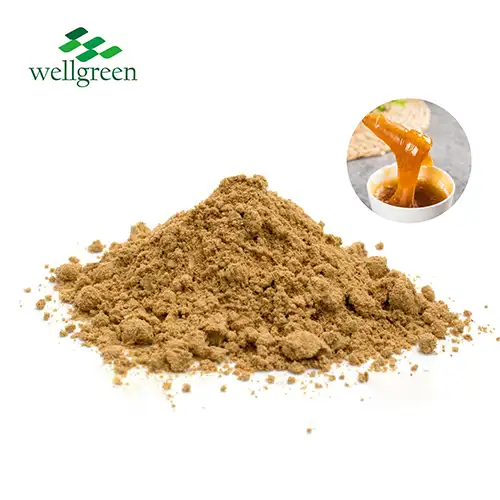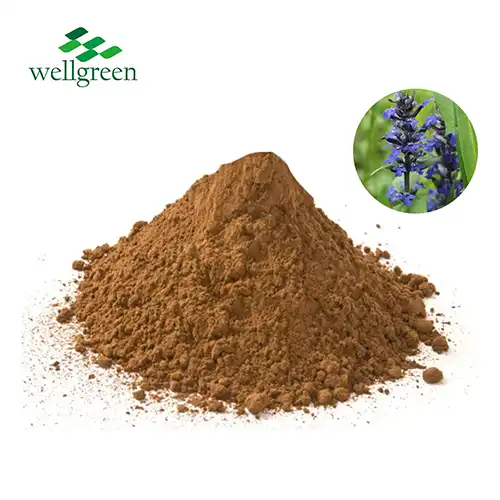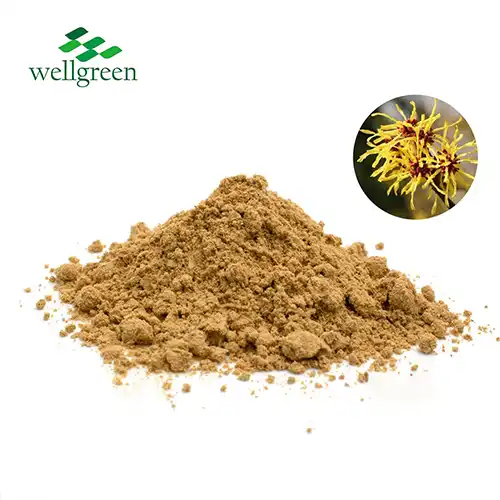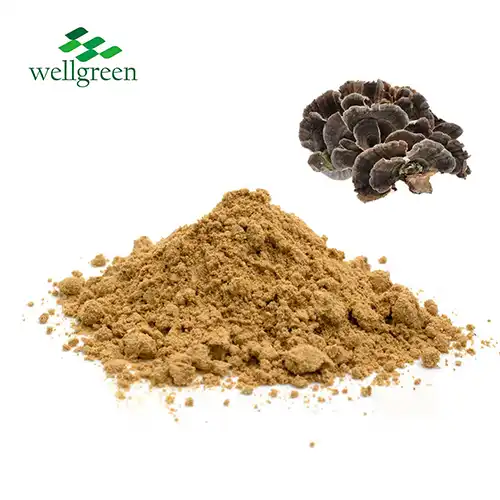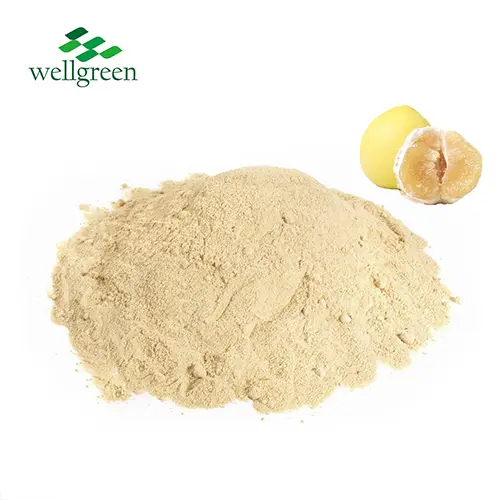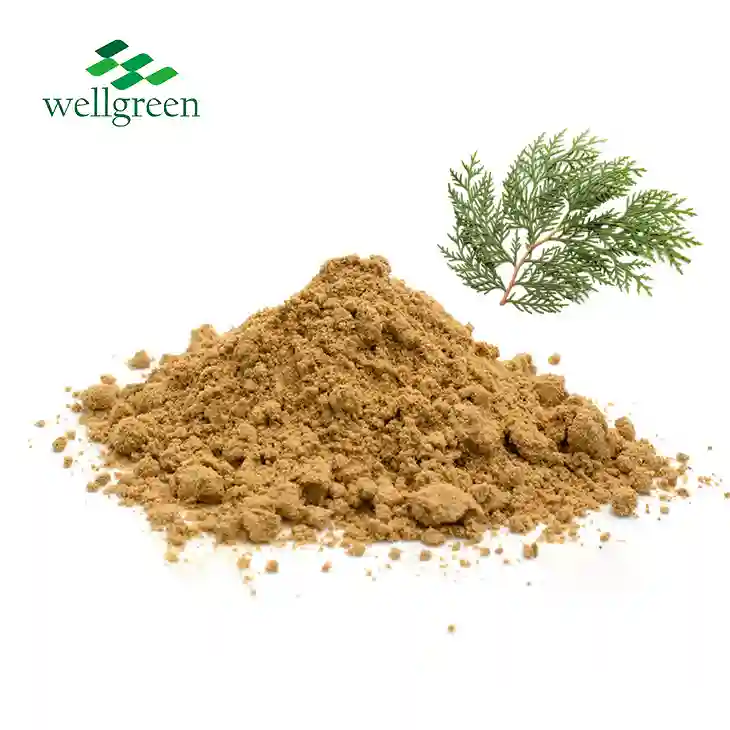What is the Composition of Garcinia Cambogia Extract?
2025-08-21 11:13:20
Garcinia cambogia extract is derived from the rind of the Garcinia cambogia fruit, a small pumpkin-shaped tropical fruit native to Southeast Asia. The extract's composition is primarily characterized by its high concentration of hydroxycitric acid (HCA), the active compound responsible for its potential weight loss and health benefits. Typically, garcinia cambogia extract contains 10% HCA and 10% calcium, though concentrations may vary depending on the extraction process and quality control measures. Other components include organic acids, polyphenols, and trace minerals naturally present in the fruit rind. Understanding the extract's composition is crucial for appreciating its potential effects and ensuring product quality.

Which Bioactive Compounds Are Found in Garcinia Cambogia?
Hydroxycitric Acid (HCA)
Hydroxycitric acid (HCA) is the primary bioactive compound in garcinia cambogia extract. This organic acid is structurally similar to citric acid but possesses unique biological properties. HCA is believed to inhibit an enzyme called ATP-citrate lyase, which plays a role in fat synthesis. By interfering with this enzyme, HCA may help reduce the body's ability to convert excess carbohydrates into fat. Additionally, HCA has been linked to increased serotonin levels, potentially influencing appetite regulation and mood.
Xanthones
Garcinia cambogia extract also contains xanthones, a class of polyphenolic compounds with potent antioxidant properties. These molecules help protect cells from oxidative stress and may contribute to the extract's potential health benefits. Some studies suggest that xanthones found in garcinia species possess anti-inflammatory and anti-cancer properties, though more research is needed to fully understand their effects in the context of garcinia cambogia extract.
Garcinol
Garcinol is another bioactive compound present in garcinia cambogia plant extract, albeit in smaller quantities than HCA. This polyisoprenylated benzophenone derivative has shown promise in various studies for its antioxidant, anti-inflammatory, and potential anti-cancer properties. While garcinol's role in the overall effects of garcinia cambogia extract is not fully elucidated, its presence contributes to the complex phytochemical profile of the extract.
Natural Constituents of Garcinia Cambogia Extract
Organic Acids
Beyond hydroxycitric acid, garcinia cambogia extract contains other organic acids that contribute to its overall composition. These include citric acid, malic acid, and tartaric acid. While present in smaller quantities than HCA, these organic acids play a role in the extract's taste profile and may have mild physiological effects. The interplay between these organic acids and HCA may influence the extract's bioavailability and overall efficacy.
Flavonoids
Flavonoids are a diverse group of plant compounds found in garcinia cambogia extract. These phytonutrients are known for their antioxidant properties and potential health benefits. Specific flavonoids identified in garcinia cambogia include naringenin, kaempferol, and quercetin. While their concentrations are typically lower than HCA, flavonoids contribute to the extract's overall antioxidant capacity and may synergistically enhance its biological activities.
Minerals and Trace Elements
Garcinia cambogia extract contains various minerals and trace elements naturally present in the fruit rind. These include calcium, potassium, iron, and magnesium. The presence of these minerals, particularly calcium (which is often standardized to 10% in many extracts), may influence the extract's stability and bioavailability. Some manufacturers add calcium to their garcinia cambogia extracts to enhance stability and absorption, though the impact of this addition on the extract's efficacy remains a subject of debate among researchers.
How Do Different Components Influence Extract Stability?
Role of HCA-Calcium Salt
The stability of garcinia cambogia extract is significantly influenced by the form of HCA present. Many high-quality extracts contain HCA bound to calcium, forming an HCA-calcium salt. This salt form is generally more stable than free HCA, resisting degradation during storage and processing. The 10% calcium content often found in standardized extracts plays a crucial role in maintaining the stability of HCA. This formulation helps preserve the extract's potency over time, ensuring that the active compound remains available for absorption when consumed.
Impact of Antioxidants
The natural antioxidants present in garcinia cambogia extract, such as xanthones and flavonoids, contribute to its overall stability. These compounds help protect the extract from oxidative degradation, which can occur during storage or exposure to light and heat. By scavenging free radicals and preventing oxidative reactions, these antioxidants help maintain the integrity of HCA and other bioactive compounds. This protective effect is particularly important for preserving the extract's efficacy over extended periods.

Moisture Sensitivity
Garcinia cambogia extract is sensitive to moisture, which can affect its stability and potency. The hygroscopic nature of HCA and other components means that exposure to humidity can lead to degradation of the active compounds. Manufacturers often employ specialized drying techniques and packaging methods to minimize moisture content and protect the extract from environmental humidity. Understanding this moisture sensitivity is crucial for proper storage and handling of garcinia cambogia extract products to maintain their quality and effectiveness.
Conclusion
The composition of garcinia cambogia extract is a complex blend of bioactive compounds, with hydroxycitric acid (HCA) as its primary constituent. The standardized 10% HCA and 10% calcium formulation provides a stable and potentially effective extract. Other natural components, including xanthones, flavonoids, and organic acids, contribute to the extract's overall profile and potential benefits. Understanding the interplay between these components and their influence on extract stability is crucial for both manufacturers and consumers. As research continues, we may uncover even more about the intricate composition of this popular plant extract and its potential applications in health and wellness.
Contact Us
To learn more about our high-quality garcinia cambogia extract and other plant-based products, please contact us at wgt@allwellcn.com. Our team of experts is ready to assist you with any questions and provide detailed information about our manufacturing processes and product specifications.
References
1. Semwal, R. B., Semwal, D. K., Vermaak, I., & Viljoen, A. (2015). A comprehensive scientific overview of Garcinia cambogia. Fitoterapia, 102, 134-148.
2. Chuah, L. O., Ho, W. Y., Beh, B. K., & Yeap, S. K. (2013). Updates on Antiobesity Effect of Garcinia Origin (−)-HCA. Evidence-Based Complementary and Alternative Medicine, 2013, 751658.
3. Fassina, P., Scherer Adami, F., Terezinha Zani, V., Kasper Machado, I. C., Garavaglia, J., Quevedo Grave, M. T., ... & Morelo Dal Bosco, S. (2015). The effect of Garcinia cambogia as a food supplement for weight loss: a systematic review and meta-analysis of randomized clinical trials. Critical Reviews in Food Science and Nutrition, 55(3), 456-466.
4. Onakpoya, I., Hung, S. K., Perry, R., Wider, B., & Ernst, E. (2011). The Use of Garcinia Extract (Hydroxycitric Acid) as a Weight loss Supplement: A Systematic Review and Meta-Analysis of Randomised Clinical Trials. Journal of Obesity, 2011, 509038.
5. Márquez, F., Babio, N., Bulló, M., & Salas-Salvadó, J. (2012). Evaluation of the safety and efficacy of hydroxycitric acid or Garcinia cambogia extracts in humans. Critical Reviews in Food Science and Nutrition, 52(7), 585-594.
6. Haber, S. L., Awwad, O., Phillips, A., Park, A. E., & Pham, T. M. (2018). Garcinia cambogia for weight loss. American Journal of Health-System Pharmacy, 75(2), 17-22.

